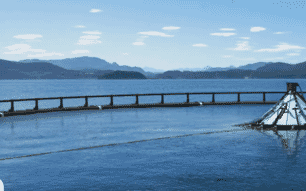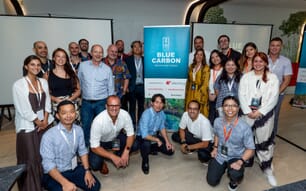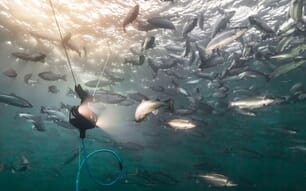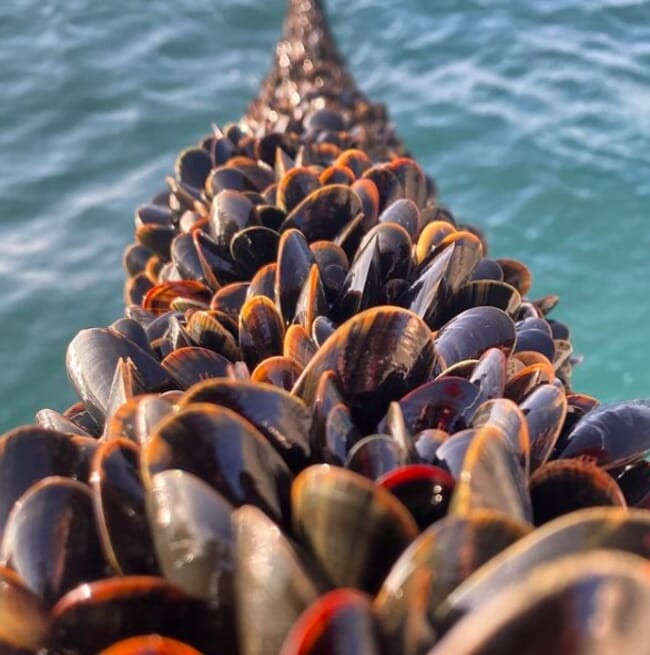
© Offshore Shellfish
The European mussel industry faces a significant challenge as both demand and production have declined over recent decades. Despite the continent's rich tradition of mussel farming, the European Union saw a drop in production from a peak of over 600,000 tonnes in the late 1990s to 431,000 tonnes by 2022. This decline has led to an increase in imports, notably from Chile, to meet consumer demand. However, the sector holds substantial potential for innovation, particularly in genetic improvements, farming technology and the development of new mussel-derived products, which could reverse these trends.
Several factors have contributed to the decline in mussel production in Europe. Diseases, a lack of mussel seed (spat), and low profitability are major issues. Environmental factors, such as summer heatwaves and predation, have further complicated farming efforts. Economic pressures have also played a role, with the costs of production rising while market prices have not kept pace, squeezing profit margins for farmers.
Despite the overall decline, the mussel sector remains vital for rural development, contributing direct employment, and support for tourism and regional gastronomy.
The high fragmentation of producers has prevented them from raising ex-farm prices to offset increased costs. This fragmentation gives processing and depurating sectors market power, keeping ex-farm prices low and making hatchery investments for spat production currently economically unfeasible. Improving prices is crucial to increase profitability and production for mussel farmers.
Pathways to innovation
Hatch innovation Services' research has identified several areas with significant potential, including combining mussel farming with environmental benefits such as coastal protection, provision of habitats and wastewater management, but this article is particularly focused on the circularity of mussel production.
Hatcheries and climate-resilient spat
Investing in hatcheries to improve spat production and resilience to climate change is crucial. A promising case study from New Zealand’s greenshell mussel industry offers a potential model. Called the SPATnz programme, it uses selective breeding techniques to enhance spat quality. This initiative, supported by significant industry and governmental funding, promises to generate an initial $80 million annually by 2026, potentially reaching up to $200 million per year if widely adopted across New Zealand's mussel farming industry.
Circular economy and waste utilisation in mussel production
The circular economy presents a transformative opportunity for the European mussel industry, enabling the sector to transform waste streams into valuable resources. This approach not only addresses environmental concerns but also opens up new revenue streams, enhances sustainability and promotes innovation.
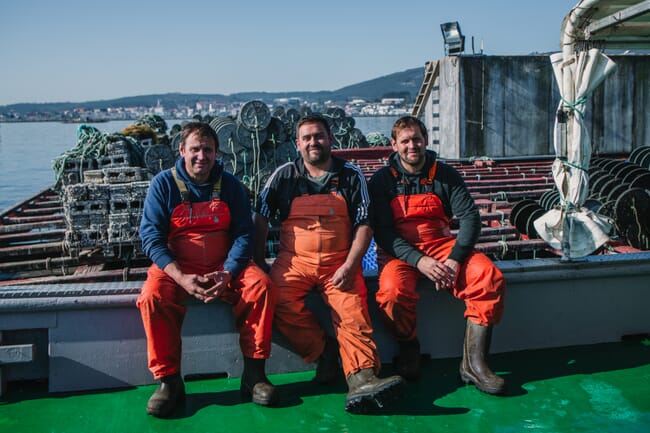
Farmers, such as the Fernandez Muniz brothers, grow mussels on ropes suspended off wooden rafts, called bateas
Utilisation of mussel shells
Mussel shells, which make up to 36-60 percent percent of the mussel's weight, depending on the research and the type of mussels, are normally dumped in landfills, but they consist of around 95 percent calcium carbonate, which is a valuable raw material.
1. Calcium carbonate extraction
Calcium carbonate from mussel shells can be utilised in various high-value industrial applications. Environmental Decontamination Limited, in collaboration with New Zealand’s Ministry for Primary Industries, has developed a technology to convert mussel shells into high-value calcium carbonate powder. This addresses the accumulation of shell waste and provides a sustainable alternative to mining limestone.
Around 55,000 tonnes of mussel shell waste is available in New Zealand each year and this can be used in products such as concrete, paint and paper, or for the pharmaceutical industry, creating new revenue streams for the sector.
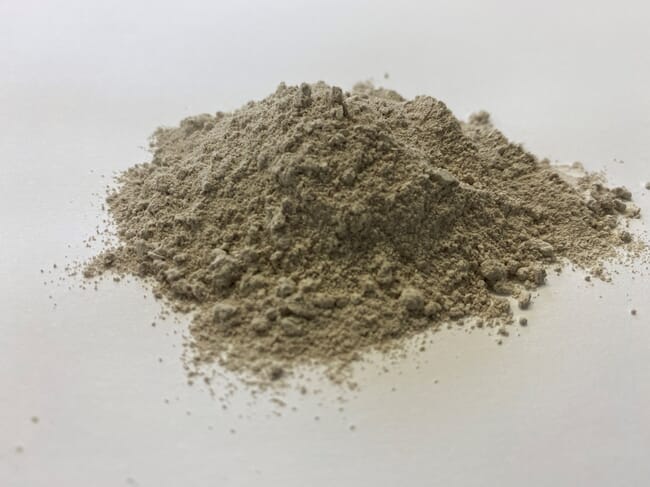
The powder can be used in products such as concrete, paint and paper © Environmental Decontamination (NZ) Limited
2. Building materials
Calcium carbonate or limestone is a finite resource, while demand is ever-growing, especially for concrete production, but mussel shells offer a sustainable alternative. Recent studies have shown that the shells can significantly improve the energy efficiency of building materials. This not only contributes to more sustainable construction practices but also offers substantial financial savings for both the construction and mussel industries. For example, mussel shells can be used as a direct substitute for limestone, improving concrete’s properties and reducing reliance on mined limestone. However, the availability to buy mussel-derived building material is still fairly limited. One of the pioneering companies involved is Barclays Earth Depot in Florida, which offers industrial scale shell aggregate from all bivalves.
3. Innovative applications
Research by Dr Chutiparn Lertvachirapaiboon and his team at Nanotec have explored multiple innovative uses for calcium carbonate derived from green mussel shells. These include creating water-repellent coatings for paper, oil-absorbing sponges and cleaning sprays. Additionally, mussel shells are being used to develop aragonitic calcium carbonate for face scrubs, toothpaste, and plastic fillers, enhancing product performance while reducing costs and environmental impact.
An innovative material called Moom (made out of mussels), developed by Danish studio Hammer, combines 90 percent granulated mussel shells with recycled or bioplastic bottles. The first use case of this material was for a door handle for Randi a/s and Eco Schulte GmbH (see image below). Moom has also won awards for its high aesthetic and functional quality.
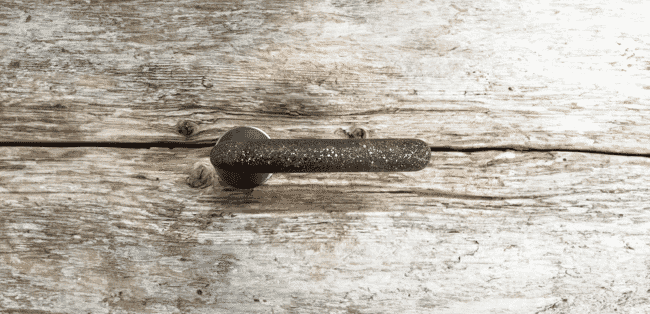
© Eco Schulte
4. Fertilisers
In Sweden, Grobruket has successfully developed a fertiliser for home use that includes mussel shells to enhance soil quality and boost productivity, as part of the project Baltic MUPPETS. The project is developing innovative methods to valorise small Baltic Sea blue mussels or side streams from conventional mussel cultivation, and the meat is used for pet food.
Utilisation of mussel byssus
Eco-friendly textiles: byssus is the natural fibre that mussels use to attach themselves to surfaces. This fibre, also known as sea silk, is highly durable and resistant to water, ultraviolet rays and salt. A French company, Bysco, is transforming it into high-performance textiles, thermal insulators and sound absorbers. This bio-sourced material offers unique technical properties, often surpassing other fibres like linen and hemp, and addresses material shortages. By integrating byssus into textile production, the industry can create eco-friendly alternatives to petrochemical raw materials.
Utilisation of mussel meat
1. Nutraceuticals
Non-marketable mussel meat, which would otherwise go to waste, can be transformed into high-value nutraceutical products. Sanford in New Zealand has developed mussel oil and powder, with significant health benefits. These products capitalise on the bioactive compounds in mussels, offering potential revenue streams in the health and wellness market.
2. Feed industry and bioactive hydrolysates
A recent study has shown the potential of bioactive hydrolysates from the meat of Mytilus galloprovincialis, which can be used as functional ingredients in animal feeds. These hydrolysates offer health benefits to livestock, enhancing growth and disease resistance.
3. Pet food
Premium pet food products have been developed by firms such as Primal Pet Foods and the New Zealand Pet Food Company, focusing on mussels’ nutritional benefits, in particular their omega-3 content.
4. Value-added foods
Creating innovative food products from mussel meat is another avenue for adding value. The Zeeland Musselburger, for example, has gained popularity and industry recognition. Such products not only reduce waste but also cater to consumer demand for convenient and nutritious seafood options.
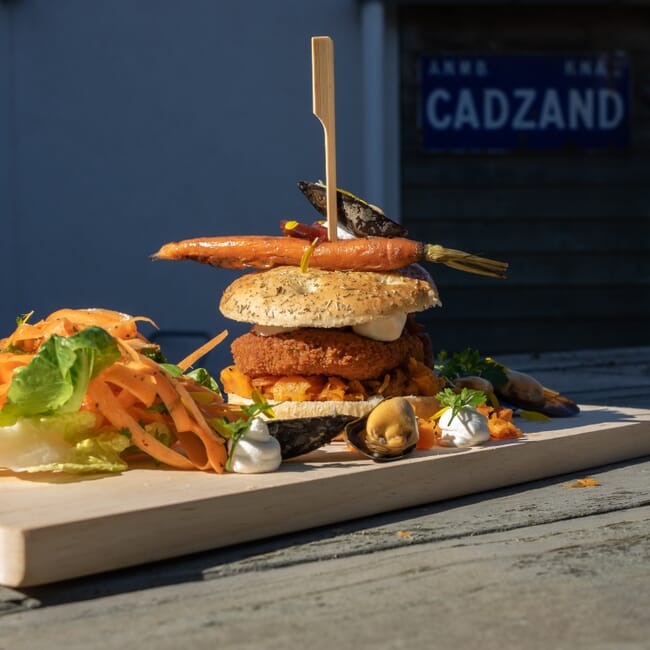
© Seaburger
Moving forward
The potential for innovation in the mussel industry is immense. However, achieving commercial success requires coordinated efforts between industry and government. Supporting research, facilitating market access, and investing in sustainable practices will be key to increasing the production and consumption of mussels in Europe.
The mussel industry is crucial for many coastal areas around Europe, and its preservation and growth are essential. If you are interested in supporting this sector or would like more information, please feel free to reach out to us.

